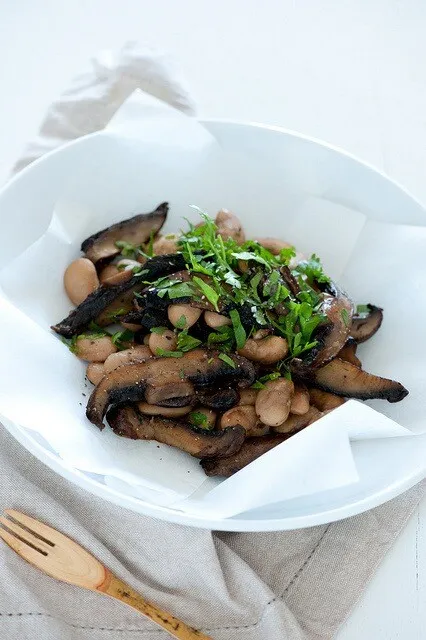
Food photography is a captivating art that requires more than just a good camera. The way you style your dishes can dramatically influence the final image, making the food appear appetizing and visually striking. Whether you’re an aspiring food photographer or a passionate blogger, mastering styling techniques is key to producing mouth-watering photographs. Here are ten practical tips to elevate your food photography styling skills.
- Focus on Simple Composition
Simplicity is often more powerful than complexity. Instead of overcrowding the frame, let your main dish take center stage. Use minimal props and avoid unnecessary clutter to keep the viewer’s attention on the food. Consider using the rule of thirds or leading lines to guide the eye naturally.
- Choose the Right Background
Backgrounds play a significant role in setting the mood of your photo. Neutral tones and natural textures such as wood or linen often work well, as they complement food without overpowering it. Avoid overly busy or bright backgrounds that can distract from the subject.
- Use Natural Light
Natural light is the most flattering for food photography. Position your setup near a window with diffused light to create soft shadows and highlights. Avoid harsh direct sunlight, which can cause unwanted glare and overly sharp shadows.
- Add Layers and Texture
Adding layers and textures gives depth to your images. Incorporate elements like napkins, cutlery, or scattered ingredients to create a story around the dish. Textural contrasts—such as a crunchy topping on a smooth soup—can make the food look more inviting.
- Consider Color Harmony
Color is a powerful tool in food styling. Complementary or analogous color schemes can enhance the visual appeal of your dish. Fresh herbs, colorful vegetables, or vibrant sauces can add pops of color, making the image more dynamic.
- Use Props Wisely
Props should support, not steal focus from the food. Select items that relate to the cuisine or the mood you want to convey, such as rustic plates for comfort food or sleek cutlery for fine dining. Keep props proportionate to the dish size to maintain balance.
- Pay Attention to Details
Small details matter in food photography. Check for smudges, stray crumbs, or reflections on plates before shooting. These subtle imperfections can distract viewers and reduce the overall quality of the photo.
- Experiment with Angles
Different angles highlight different aspects of the food. Overhead shots work well for flat dishes or spreads, while side angles emphasize height and layers. Don’t hesitate to try multiple perspectives to find the most flattering view.
- Highlight Freshness
Freshness is key to appetizing food photos. Use fresh ingredients and consider adding a slight sheen or drizzle of sauce to make the dish look more appealing. Sometimes a few strategically placed herbs or a sprinkle of seasoning can bring the image to life.
- Practice Patience and Experimentation
Food styling is an evolving skill that improves with practice. Experiment with various setups, lighting conditions, and styling elements. Take your time to adjust and refine until the composition feels natural and enticing.
By focusing on these styling principles, you can create food photographs that not only capture the essence of the dish but also engage and inspire your audience. Remember, great food photography is a blend of technical skill and creative expression, and styling is the bridge that connects the two.
